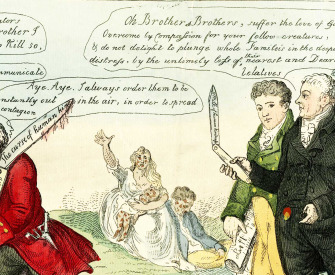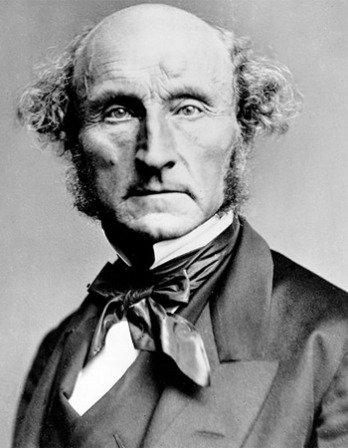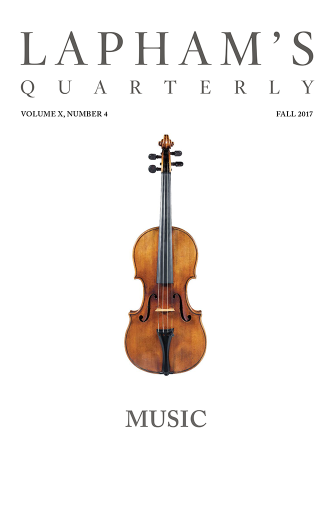Force I define as an incorporeal agency, an invisible power that by means of unforeseen external pressure is caused by the movement stored up and diffused within bodies that are withheld and turned aside from their natural uses; imparting to these an active life of marvelous power, it constrains all created things to change of form and position, and hastens furiously to its desired death, changing as it goes according to circumstances. When it is slow, its strength is increased, and speed enfeebles it. It is born in violence and dies in liberty; and the greater it is, the more quickly it is consumed. It drives away in fury whatever opposes its destruction. It desires to conquer and slay the cause of opposition, and in conquering destroys itself. It waxes more powerful where it finds the greater obstacle. Everything instinctively flees from death. Everything under constraint itself constrains other things. Without force nothing moves. The body in which it is born neither grows in weight nor in form. None of the movements it makes are lasting. It increases by effort and disappears when at rest. The body within which it is confined is deprived of liberty. Often also by its movement it generates new force.
From his notebooks. Leonardo was apprenticed as a teenager to the artist Andrea del Verrocchio, whose workshop in Florence produced paintings, sculptures, machinery, metalwork, furniture, and theatrical sets; the experience allowed him to move to Milan, where he began drafting architectural and military designs and recording observations from his studies in hydraulics in his notebooks. Around six thousand sheets of notes and drawings survive—only a fifth of the original material, some scholars believe.
Back to Issue





